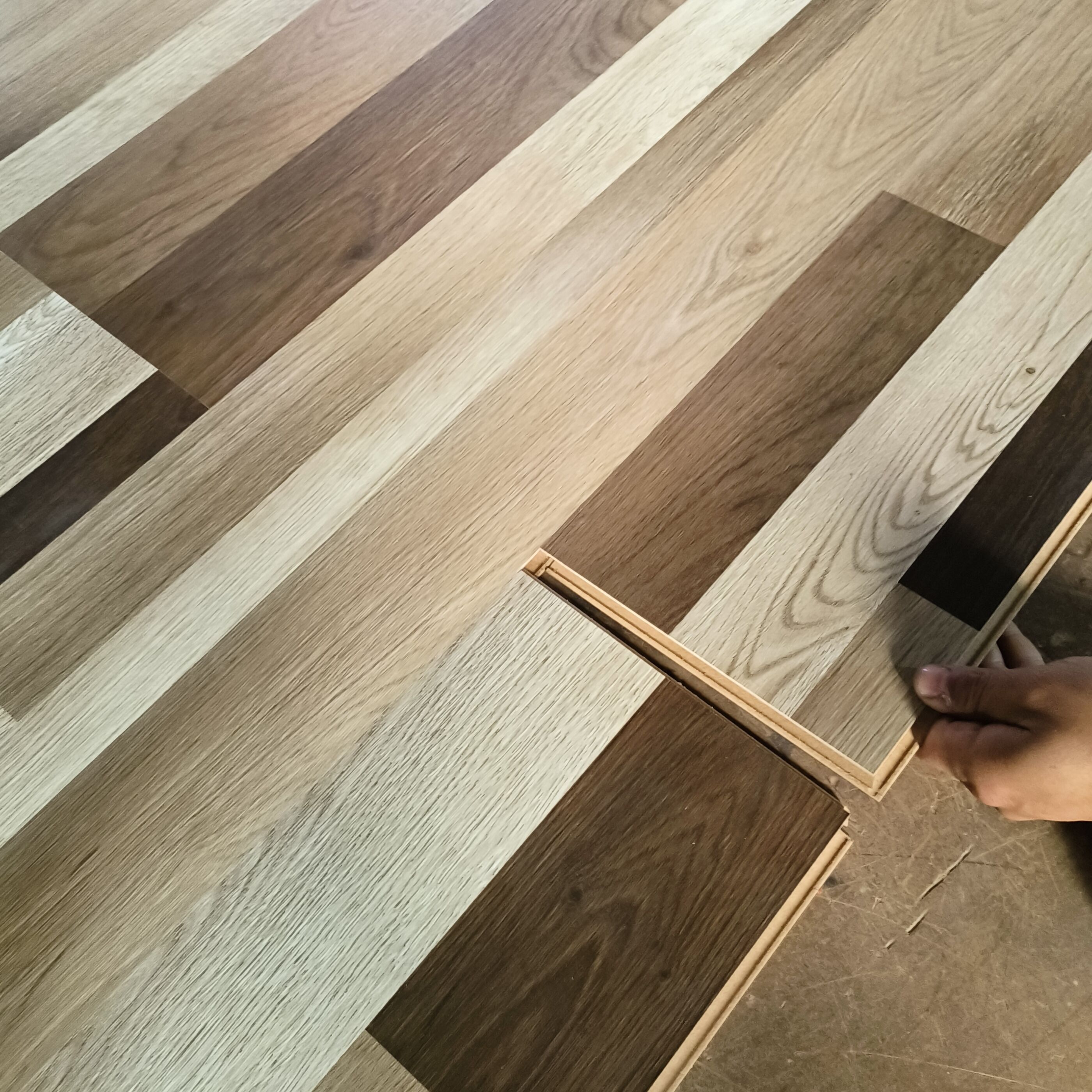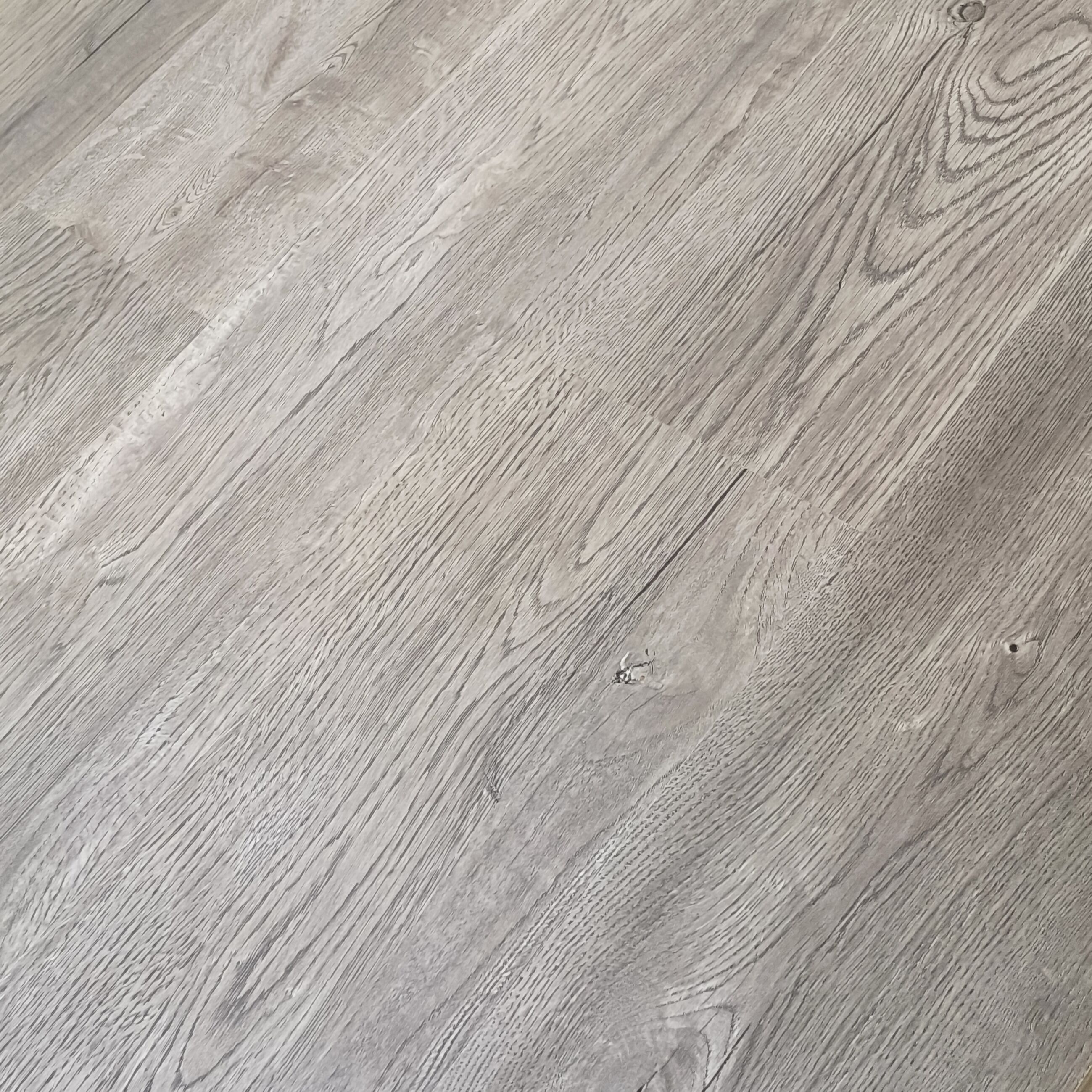Understanding Moisture Resistance in Modern Laminate Flooring
When considering flooring options for spaces with varying humidity levels, piso flotante has emerged as a popular choice among homeowners and designers. This innovative floating floor system, known for its versatility and aesthetic appeal, raises important questions about its performance in moisture-prone environments. While traditionally, many have been cautious about installing piso flotante in bathrooms, kitchens, or humid climates, modern manufacturing technologies have revolutionized its moisture-resistant capabilities.
Today's piso flotante products incorporate advanced materials and protective layers that significantly enhance their ability to withstand moisture exposure. The evolution of these flooring systems has opened new possibilities for their application in areas previously considered unsuitable. Understanding the relationship between piso flotante and moisture is crucial for making informed decisions about your flooring investments.
Technical Composition and Moisture Protection
Advanced Layer Construction
Modern piso flotante features a sophisticated multi-layer construction designed specifically to combat moisture-related issues. The top wear layer provides the initial barrier against surface water, while the core layer, typically made from high-density fiberboard (HDF) or engineered materials, includes moisture-resistant properties. Many manufacturers now incorporate specialized treatments and sealants during the production process, enhancing the floor's overall water resistance.
The backing layer of quality piso flotante often includes moisture-blocking technology that prevents water from seeping up from the subfloor. This comprehensive protection system works together to maintain the floor's structural integrity even when exposed to varying humidity levels.
Moisture-Resistant Technologies
Recent technological advancements have introduced innovative solutions for moisture protection in piso flotante systems. Water-resistant and waterproof variants now feature enhanced edge sealing and improved core materials that can withstand extended exposure to moisture without compromising the floor's stability. These developments have made it possible to install piso flotante in areas that experience occasional water exposure.
Manufacturers have also developed specialized click-lock systems that create tight seals between planks, preventing water from penetrating the joints. This technology, combined with water-resistant treatments, provides comprehensive protection against both surface moisture and humidity from below.

Suitable Applications in Different Environments
Residential Moisture Zones
When it comes to residential applications, piso flotante can be successfully installed in various areas with proper consideration for moisture levels. Kitchens, entryways, and basement areas with controlled humidity are excellent candidates for modern moisture-resistant piso flotante installations. The key lies in selecting the appropriate grade of flooring and ensuring proper installation techniques are followed.
Even bathrooms can accommodate certain types of piso flotante, particularly those specifically designed for wet areas. However, it's crucial to choose products with enhanced moisture protection and follow manufacturer guidelines for installation in these high-moisture environments.
Commercial Applications
In commercial settings, piso flotante has proven its worth in spaces with moderate moisture exposure. Retail environments, office buildings, and hospitality venues can benefit from the durability and moisture resistance of modern piso flotante systems. The key to success in these applications is selecting commercial-grade products designed to handle higher traffic and occasional moisture exposure.
Many businesses choose piso flotante for its combination of aesthetic appeal, durability, and moisture resistance. When properly maintained, these floors can withstand the demands of commercial environments while maintaining their appearance and structural integrity.
Installation Considerations for Humid Areas
Proper Subfloor Preparation
Success with piso flotante in humid areas begins with thorough subfloor preparation. The substrate must be clean, level, and completely dry before installation. Moisture testing of the subfloor is essential, and appropriate moisture barriers should be installed to prevent vapor transmission from below. This preparation phase is crucial for ensuring long-term performance in humid environments.
Professional installers should pay special attention to proper expansion gaps around the perimeter and use recommended underlayment materials designed for moisture protection. These details significantly impact the floor's ability to handle moisture and humidity fluctuations.
Maintenance Requirements
Maintaining piso flotante in humid areas requires specific care routines to ensure optimal performance. Regular cleaning with appropriate products helps prevent moisture accumulation, while prompt attention to spills reduces the risk of water damage. Implementing proper ventilation and humidity control measures in the space also contributes to the floor's longevity.
Periodic inspections of seams and edges can help identify potential moisture-related issues before they become serious problems. Following manufacturer-recommended maintenance procedures is essential for preserving the floor's moisture-resistant properties.
Future Innovations and Trends
Emerging Technologies
The future of piso flotante continues to evolve with new technologies focused on enhancing moisture resistance. Manufacturers are developing advanced core materials and protective treatments that push the boundaries of what's possible in humid environments. These innovations promise to expand the applications of piso flotante in traditionally challenging spaces.
Research into sustainable, moisture-resistant materials is driving the development of eco-friendly options that maintain high performance standards. These advancements suggest a promising future for piso flotante in an even broader range of applications.
Market Developments
The flooring industry is witnessing increased demand for moisture-resistant piso flotante products, leading to continuous improvements in design and functionality. Manufacturers are responding with enhanced warranties and performance guarantees, reflecting growing confidence in their products' ability to handle moisture exposure.
Consumer awareness of moisture-resistant flooring options is driving innovation and competition in the market, resulting in better products at more accessible price points. This trend suggests a bright future for piso flotante in moisture-prone applications.
Frequently Asked Questions
How long can piso flotante last in humid environments?
With proper installation and maintenance, moisture-resistant piso flotante can last 15-20 years in humid environments. The lifespan depends on factors such as the quality of the product, installation methods, and maintenance practices.
What level of humidity can piso flotante tolerate?
Modern piso flotante is designed to perform well in environments with relative humidity between 35% and 65%. Some specialized products can handle higher humidity levels, but maintaining consistent indoor climate control is recommended for optimal performance.
Can piso flotante be installed in outdoor covered areas?
While some moisture-resistant piso flotante products are highly durable, they are not recommended for outdoor installation, even in covered areas. The exposure to direct weather conditions and extreme temperature fluctuations can compromise the flooring's integrity.

